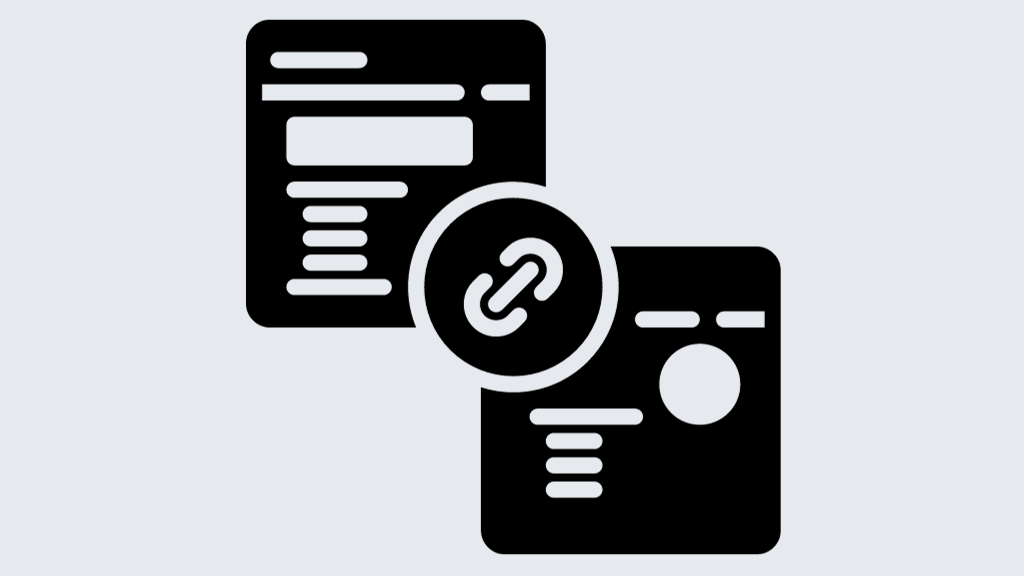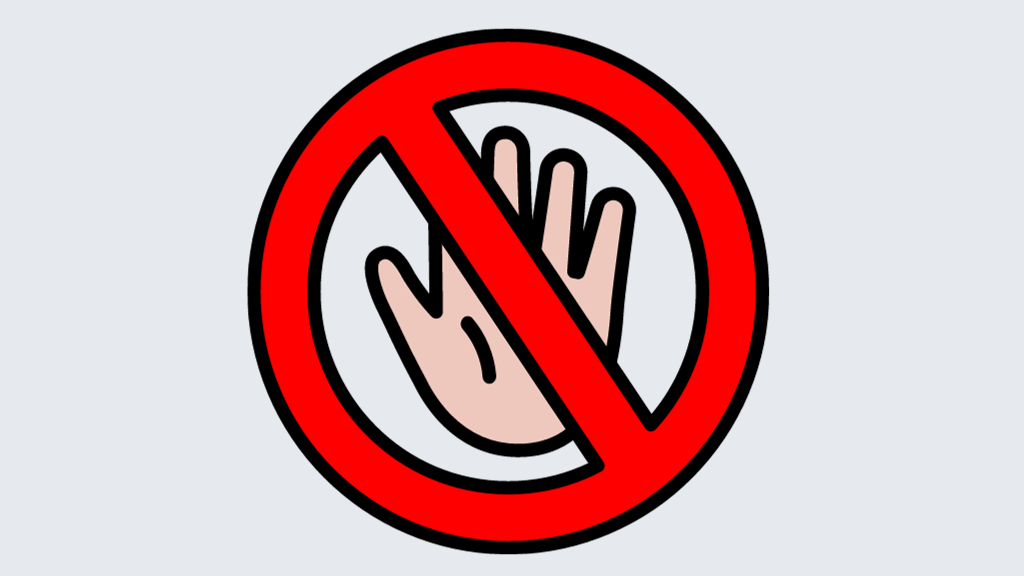Internal links are hyperlinks to web pages within the same domain. As the name suggests, an internal link is one that directs users to another page on the same website. Every website that has multiple pages should use internal linking to connect them.
Think of the front page of your website. You most likely have a menu that leads to other internal pages on the top navigation. These pages could include your contact, shop, and about pages.
For instance, a link to the Marketing Lad blog page from this article is an internal link, and a link to Google’s Keyword Planner tool is an external link.
Internal Vs Backlinks
An internal link, as previously stated, is a hyperlink pointing to another page within the same domain. A link from yourwebsitename.com/products to yourwebsitename.com/products-q, for instance. Internal links enable the appropriate content to be connected to your website and preserve a shallow website structure, making it simple for users to browse your website.
Backlinks are hyperlinks pointing to pages on different domains. You receive a backlink if another website links to a page on your website. If your website contains links to other websites, you are providing a backlink to other websites.
Importance of Internal Links for SEO:
Google makes use of internal links to find new content. Consider the scenario where you publish a new web page but fail to link to it from another page on your website. If the page isn’t on your sitemap and has no backlinks, Google won’t be aware that it even exists. They can’t find it, so their web crawler can’t either.
According to Google:
‘’Google must continuously look for new pages to include in its database of known pages. Some pages are well-known because Google has previously indexed them. When Google follows a link from a well-known page to a new page, it finds additional pages.’’
Orphan pages are those that have no internal links going to them. Internal links support the flow of PageRank throughout your website. That is significant. Generally speaking, a page’s PageRank increases with the number of internal links it has. But it’s not just about the number, the quality of the link also plays an important role.
Page A will have accumulated a PageRank score if, for instance, it has authoritative external links pointing to it. Internal links can then be used to transfer this authority to Page B. Making the most of the authority entering your site by identifying these types of ‘’power pages’’ will help you raise rankings.
Internal linking is another excellent technique to enhance user experience (UX) by assisting users in discovering more engaging content. This could involve directing users to a product page where they can purchase an item that is discussed in a buying guide or to another piece of content to elaborate on a particular subject. Internal links can be used to enhance your user experience and, consequently your overall search performance. Examples include improving average search time on site and encouraging customers to proceed with a purchase.
Internal Linking Strategy:

- Identify the Hub pages on Your Site:
Making a list of the hub pages that will enable you to develop what is referred to as topic clusters for a clearer understanding of your site architecture. Instead of focusing on more specialized long-tail keywords with fewer monthly searches, hub pages instead target broad keywords with big search volumes. They frequently provide the most profitable traffic for your company, therefore they will ordinarily target your primary keywords with the most effective content.
- Using Internal Links to Create Topic Clusters:
A great technique to achieve success is through an internal linking project that maps out topic clusters of pertinent pages rather than just the connected keywords. Topic clusters ought, to begin with, the silo’s primary hub page. Typically, this serves as the primary page for a given subject. Any relevant page will serve as supplemental content to add depth to the topic. To highlight topical importance and demonstrate that the hub page is the most reliable source, these pages must link back to it from within.
- How to Choose the Best Anchor Text:
The strategy’s next step entails picking the appropriate anchor text for your internal links. Is it best to constantly utilize your primary goal term as the internal link anchor text? This is a frequently asked subject. As long as the anchor text is pertinent to the linked page and you aren’t trying to over-optimize by jamming keywords into the link, it’s unlikely that you will face any penalties for employing exact-match anchor text for internal links.
Naturally, changing anchor texts in this way when it comes to external links is against Google’s webmaster guidelines, but it’s not against the rules when it comes to your internal linking strategy.
- Determining the Authority Pages on Your Site:
It’s time to move on to discussing how you can take advantage of any existing authority on your site now that we’ve developed a procedure for subject clusters. In the end, some pages have more authority than others, and you can use that. External links linking to your most authoritative pages will be included. Internal links can be used to transfer this link equity to other pages carefully.
- Improving the Ranking of Target Pages by Using Internal Links:
Once you’ve found them, you may leverage the authority pages on your site to raise other people’s rankings. This element of the strategy can be as easy as going through your most authoritative pages and looking for opportunities to appropriately transfer link authority to other pages. This can be rather simple if you are working with a website that has amassed a sizable number of high-quality links. All you have to do is go through the pages with the most beneficial links and find pertinent chances to connect to your most crucial pages or those that require a ranking boost.
- Enhancing New Content with Internal Links:
If you are dealing with a website that has not yet acquired many connections, you may want to start by optimizing new material. A list of authoritative pages will need to be consulted in order to find chances for pertinent interlinking that will improve your search performance. To locate other relevant sites to link to on your website, one way to accomplish this is to run a few Google searches using the keywords used in your new piece of content. To identify other publications that are related to this manual, for instance, we may search for ‘’site:marketinglad.io internal links’’ and include reciprocal links where appropriate to gain from any authority they may already have attained.
Making an Effective Simple Strategy:
Whether your content is fresh or old, having a strong internal linking strategy can help it rank higher on Google. Since you are in complete control of every process stage, unlike earning external links, it doesn’t need to be a very complicated strategy. You may intuitively implement a short strategy that can provide significant outcomes if you have the correct information, resources, and planning.
Internal Linking Techniques to Avoid:

Now that you understand how to properly use internal linking, let’s go through some of the mistakes to avoid. Your score may suffer if you include too many links in your content. Remember that pages with more than 150 links are not crawled by Google.
It’s also crucial to remember that the number of links on your website includes those in the header, footer, and menu. Another internal linking bad practice to avoid is keyword stuffing in anchor text. In the past, SEOs used this black hat strategy frequently since they believed it would increase their chances of ranking.
Modern search engines penalize anchor text that contains too many keywords. Avoid using internal links in header text as well. Links in headers can hurt your SEO by signaling spam to Google spiders.
Internal Linking in WordPress: How to Do it
Let’s now discuss how to add internal links to WordPress in more depth.
Access the Post
First, go to WordPress Dashboard>Posts>All Posts and find the post or page you wish to add internal links too. In order to edit the post, click Edit.
Mark up the Text and Insert the Link
Highlight the text you wish to link in the post editing screen, then click the link icon and paste the internal link.
Simply input the term and WordPress will search your website for the appropriate material to link to if you are unsure of which article you want to link to. Then all you have to do is a clock on the article you wish to link. You have finished.
Update/Publish the Article
Once you have included the link, update the post as usual or publish the post if it has just been made to see a preview of the changes. When the internal link appears in your post, it will direct you to that specific post when you click it.
This is how internal links are added in WordPress.
Conclusion:
Internal linking is simple. All you need is a clear hierarchical site structure and for your internal links to follow that structure. Internal linking is a legitimate approach to raise your performance and rankings if used properly. Without links, even the best content won’t rank well. A strong internal linking strategy can improve user understanding of your website and ultimately boost your likelihood of ranking well in SERPs, which will promote organic growth.
P.S: Read our SEO Question and Answer Blog here!




